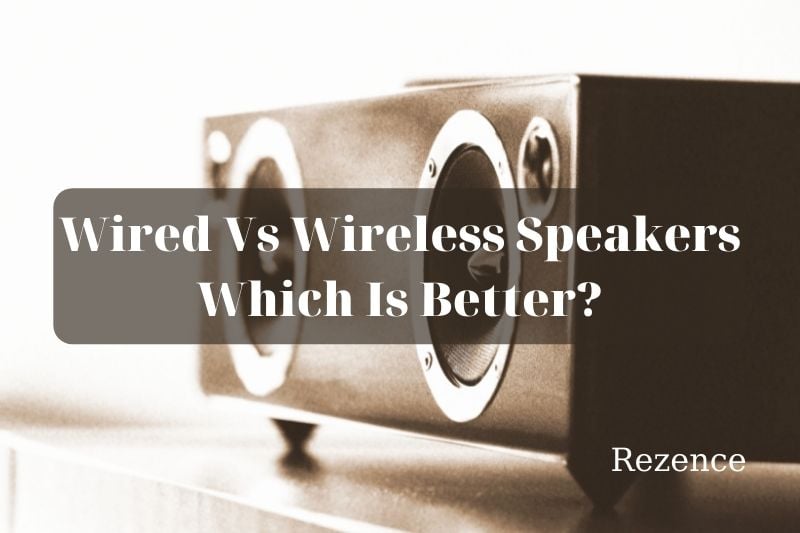
- #Wifi vs bluetooth surround sound full
- #Wifi vs bluetooth surround sound portable
- #Wifi vs bluetooth surround sound tv
This way, commands can be passed to the speaker via the integrated microphone, which will then be executed by the voice assistant. With the development of voice assistants, manufacturers have integrated the ability to pair them with their devices. When a call comes in, the music automatically shuts off and resumes as soon as the call ends. Most wireless speakers have a built-in microphone, which allows to receive and make calls using a mobile phone in hands-free mode. The higher end models add an LCD screen to make it easier to select and store radio stations. Other models have an integrated FM radio. Starting 2015, some wireless speakers integrate VOIP telephony functions. The complete charging cycle a speaker generally varies from 3 to 6 hours. Other speakers utilize proprietary connectors such as Apple's Lightning connector. They are generally recharged with either a C8 appliance plug or a more universal USB connector, mainly through either mini or micro-USB or USB-C connectors.

#Wifi vs bluetooth surround sound full
Some speaker models with a large battery capacity can also act as a power bank to charge another device to full capacity, such as a mobile phone.

Almost all wireless speakers operate on rechargeable batteries that are not replaceable, so that the lifespan of these speakers is that of their batteries. Models with more powerful batteries can last up to 10 hours or more. The operating time of the speaker before it has to be recharged is usually 6 hours. Wireless speakers use rechargeable batteries to power them.

#Wifi vs bluetooth surround sound portable
Battery Ī portable speaker which marks the lower end of the size range of Bluetooth speakers constructed primarily for the reproduction of music Some speakers may benefit from the NFC system to facilitate pairing with the source device. Bluetooth devices use a radio communication frequency such that the devices do not have to be in a visual line of sight with each other. Recent models generally use Bluetooth 4.0 or even Bluetooth 5, and wireless speakers generally have a range of 10 meters. Some wireless speakers add a passive radiator to improve low frequency reproduction and achieve deeper sound. The number of speakers can also vary: while entry-level models are limited to a single speaker, more elaborate models can offer two, and thus have stereo sound reproduction. Mid-range models go up to 5W and high-end models can go up to 10W and beyond. The most basic models only offer an output power of 3W, which does not allow for an optimal sound quality. The WiSA standard uses the 5 GHz frequency band. Some wireless speakers use the 2.4 GHz frequency band. Many wireless speakers feature variable transmission channels that can be set using a tuning knob to overcome potential RF interference with other nearby wireless devices, such as cordless phones or baby monitors. Most manufacturers claim the signal transmits over a range of 150 to 300 feet (50 to 100 m). The RF signal can traverse walls and floors/ceilings. The signal frequency range used by wireless speakers is generally the same as that used by cordless telephones – 900 MHz. The receiver/speaker unit generally contains an amplifier to boost the audio signal to the loudspeaker it is powered either by batteries or by an AC electric outlet. The receiver is positioned where the listener wants the sound to be, providing the freedom to move the wireless speakers around without the need of using cables. An RCA plug is normally used to achieve this. The transmitter connects to the audio output of any audio devices such as hi-fi equipment, televisions, computers, MP3 players, etc. Wireless speakers are composed of two units: a main speaker unit combining the loudspeaker itself with an RF receiver, and an RF transmitter unit. Further, types for special applications like waterproof speakers for use in the shower or speakers for a voice assistant may intermix between the properties of the two former.
#Wifi vs bluetooth surround sound tv
Portable wireless speakers for outdoor use are typically designed for ruggedness, portability and battery life, whereas stationary wireless speakers with a focus on good sound quality are meant to be used in home audio systems or surround sound systems for TV or video. Īpart from the employed RF standard, such speakers can basically be distinguished by their dedicated field of use. The two most popular RF frequencies that support audio transmission to wireless loudspeakers include a variation of WiFi IEEE 802.11, while others depend on Bluetooth to transmit audio data to the receiving speaker. Wireless speakers are loudspeakers that receive audio signals using radio frequency (RF) waves rather than over audio cables. TV set (size 55 inch) with two Sonos Play:5 wireless HiFi speakers (WiFi-based) and a soundbar


 0 kommentar(er)
0 kommentar(er)
